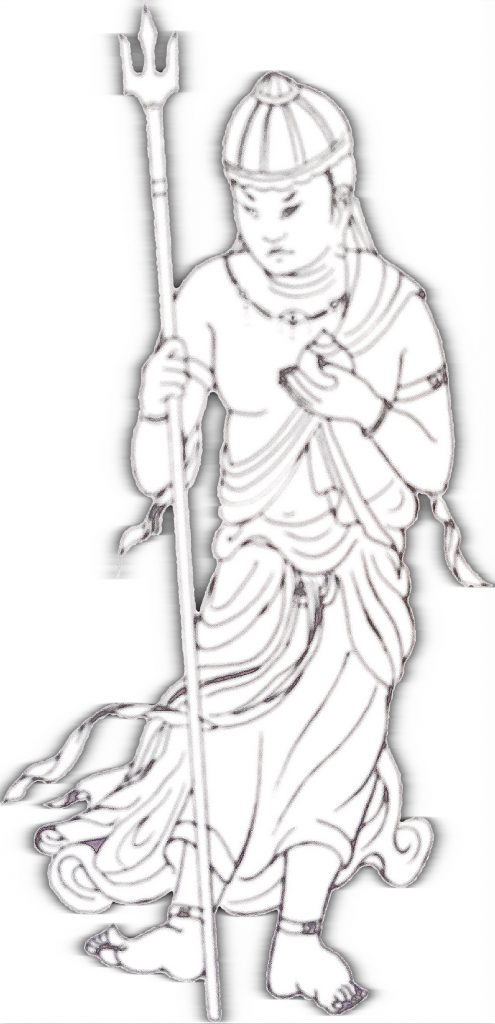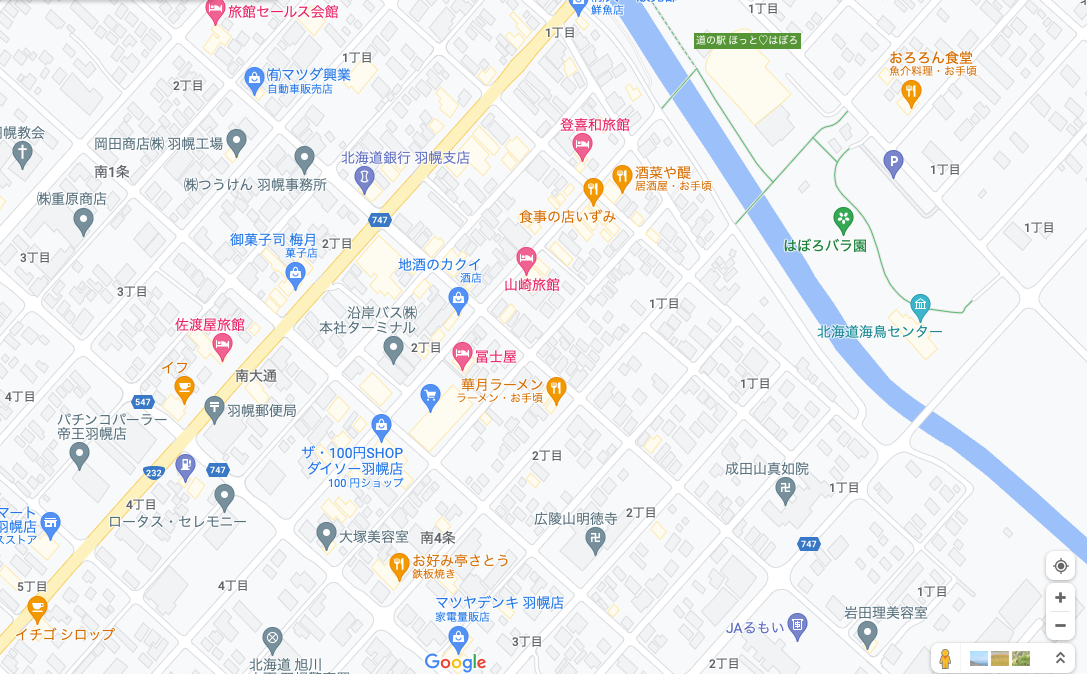Temple overview
◎ Religious school: Koyasan Shingon sect
◎ Founded:
◎ Founder: chief priset Osekawa
◎ Current chief priest: The 8rd abbot,chief priset Seiei Takayama
◎ Principal image: Fudo Myoo
Pilgrim's hymn
History
Established Koyasan Haboromura Sermon Hall in 1900. The main deity is Fudo Myoo, invited from Koyasan. The statue of Kobo Daishi entered Buddha from Mt. Koya in 1884.When he was the 4th chief priest of Kiyoshi Takayama in 1918, he was certified as Naritayama Shinyoin by the name of the temple. Construction of the current main hall began in the fall of 1925 and was completed in the fall of 1927. In August 1945, when he was the 5th chief priest of Makoto Furukawa, Dainichi Nyorai and Nyoirin Kanzeon Bosatsu entered France, and at the same time, the main hall was held. In August 1945, when he was the 5th chief priest of Makoto Furukawa, Dainichi Nyorai and Nyoirin Kanzeon Bosatsu entered France, and at the same time, the main hall was ceremony to consecrate a newly made Buddhist statue or image by inserting Kaigen-Hoyo. After Furukawa returned to Osaka due to illness, the 6th Manabe Kaigenshi was appointed as a successor priest from Jizoji Temple in Hiroo Town in 1945, but died in January 1945. In 1942, after graduating from the Koyasan Senshu Gakuin, Seiho Takayama opened Hosyuin in Datong City, China, but was called to serve during the war. His wife Atsuko shaved her head, became a Shingon priest, and qualified as an abbot, protecting an empty temple without an abbot. After the end of the war, Seiboshi, who was detained in Mongolia for two years, returned to Japan and moved to Haboro Town, Hokkaido in January 1948 to become the seventh chief priest. Sei Houshi worked hard at fasting and other practices, acquired the power of esoteric Buddhism, performed various blessings and prayers, and built a temple for the salvation of the common people. In 1981, Rev. Seiho Takayama was working for a paper company, but after Seiho passed away suddenly in February of the same year, he returned to the temple to train at Koyasan to become qualified as a chief priest, and in July of the same year, he became the 8th chief priest. Shuei has acquired esoteric Buddhist skills through first-rate transmission in Tokushima Prefecture and 50-day retreats at Yayama, Miyajima, Hiroshima Prefecture, and operates a temple through blessing prayers. Naritasan Shinnyo-in today is a temple that offers a variety of prayer services at its Haboro main temple and Sapporo branch temple, such as exorcism, jusan mairi, traffic safety, healing of illness, memorial services for waterfowl and horses, etc. It is also a temple where people can bring their problems and concerns, including mental illness, counseling for cancer and other incurable diseases, and hospice services.
The temple has a Honinn in Haboro-cho, located on the Sea of Japan coast of northern Hokkaido, and a branch temple in Hiraoka, Kiyota-ku, Sapporo, the center of Hokkaido. Naritasan Shinnyoin main temple and Sapporo branch temple offer meditation, ascetic practice, goma prayer and exorcism, Mahannya prayer and exorcism, 13 mairi prayer, memorial service for water children, memorial service for pets, memorial service for ancestors of parishioners, memorial service for permanent ancestors, and permanent burial of ashes.
Access
<Addres>
1Minami 6-jo 1-4, Haboro-cho, Tomamae-gu, Hokkaido 078-4106
Japan
01646-2-2379 01646-2-5670
